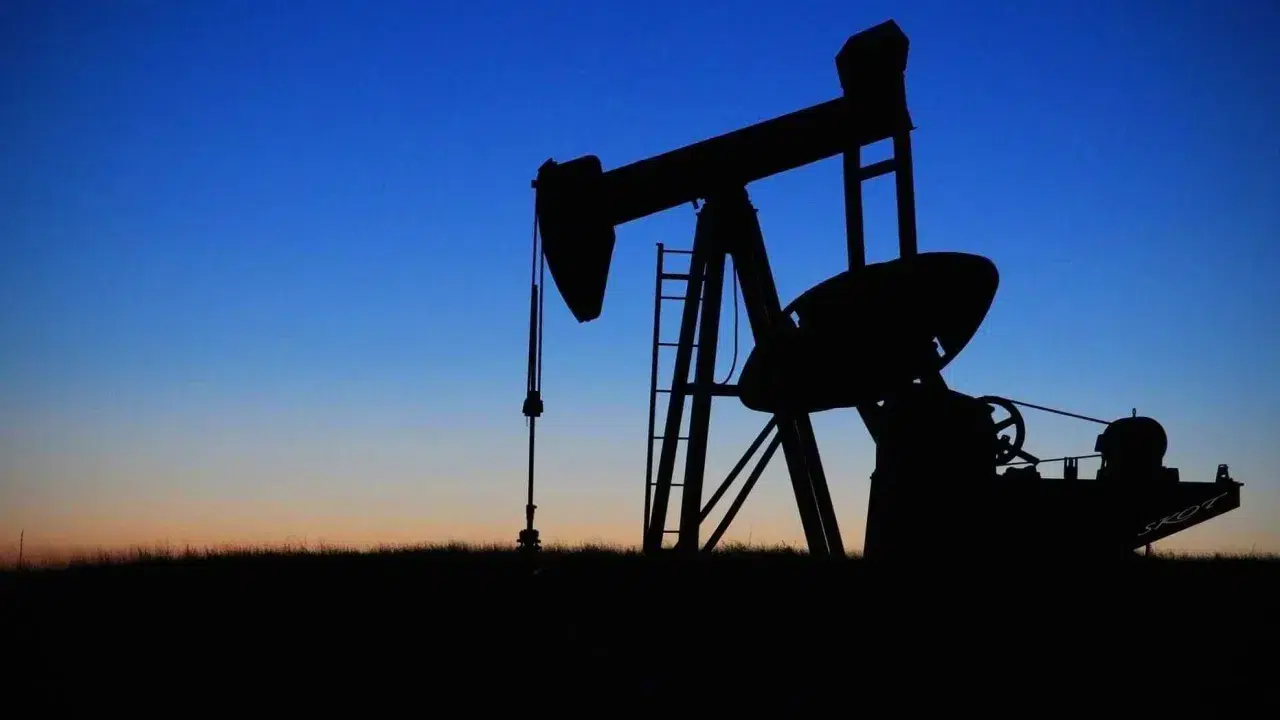
The International Energy Agency (IEA) has slightly revised down its forecasts for global oil consumption. The agency now projects an average of 103.737 million barrels per day in 2025, which is 20,000 barrels less than its previous estimate in July.
This suggests a year-on-year increase of 685,000 barrels per day in 2025, compared to 860,000 barrels in 2024.
In 2026, the IEA expects an increase to 104.436 million barrels per day, up by 699,000 barrels per day from this year.
The report highlights that the demand increase in the second quarter of this year was just 600,000 barrels per day compared to the same period in 2024, marking the lowest rate in the past year.
A key factor is weaker than expected consumption in emerging economies, leading to downward revisions for China, Brazil, Egypt, and India compared to the previous report.
The exception to this trend is aviation, showing strong performance in the United States and Europe this summer, which will contribute to a 2.1% increase in global kerosene demand in 2025, the highest among all petroleum derivatives.
However, while the report predicts kerosene production will need 7.7 million barrels per day this year, this figure is still 180,000 barrels below the historic peak of 2019, before the COVID-19 crisis.
Regarding the announcement on August 3, in which OPEC and its allies (OPEC+) decided to increase production by 547,000 barrels per day starting September 1 to recover the 2.2 million barrels per day they had withdrawn from the market in 2023, the IEA believes this will have little effect on other producers.
Indeed, the agency has revised up its oil production forecasts by 370,000 barrels daily for this year, matching the amount to be added by OPEC+ members.
For 2026, the upward correction from last month is 620,000 barrels per day, of which 520,000 will come from the cartel. The difference will mainly be filled by the United States, further solidifying its position as the world’s leading crude oil producer.
This year, a total of 105.5 million barrels per day will be put on the market, 2.5 million barrels per day more than in 2024. Despite OPEC+’s decision, most of this additional contribution (1.3 million barrels per day) will come from other producing countries, particularly the United States, Canada, Brazil, and Guyana.
The same pattern is expected in 2026, with production reaching 107.4 million barrels per day, an annual increase of 1.9 million barrels per day, of which one million barrels per day will be sourced outside OPEC+.
The IEA suggests that “oil market balances appear increasingly inflated, as projected supply far exceeds demand by the end of the year and into 2026.”
However, the IEA notes that other variables could alter this outlook, especially the new sanctions announced by the European Union against Russia and by the United States against Russia and Iran. Both are among the world’s top oil producers.
The agency—comprising the major developed countries—concludes that “while it is too early to determine the outcome of these latest policy changes, which are moving in different directions, it is clear that adjustments will be necessary for market equilibrium.”




